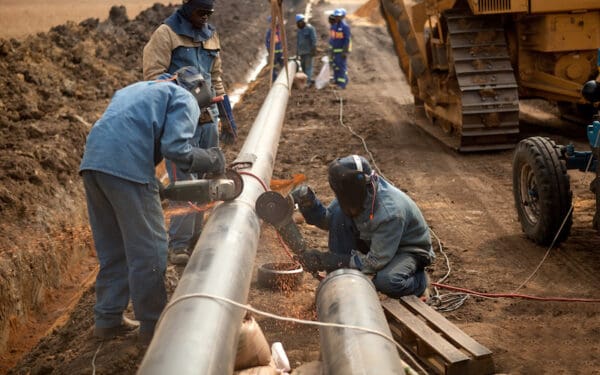
The Transformation of Our Energy System is Reaching its Tipping Point
When news broke last fall that Brayton Point, New England’s largest – and reportedly most efficient – coal-fired power plant would close in 2017, CLF heralded the news as a victory in one of our signature
battles: the demise of coal in New England. This victory followed fast on another: in August, Vermont Yankee, the state’s old and leaking nuclear power plant, had announced that it, too, would soon close its doors.
The closures of two of New England’s most iconic power plants sent a clear message: old coal-fired power plants and other outmoded sources of energy are headed into a downward spiral, putting New England on the cusp of the most critical inflection point for energy transformation in the region’s history.
But even as we ease our reliance on coal, the question is, what will take its place? And how will the next source of energy help us meet our ultimate goal of reducing greenhouse gas emissions to protect our climate?
Pressure is building to hang our energy future on another fossil fuel: natural gas. Canadian hydropower, too, has been hailed as a light at the end of the energy tunnel. But as clean and efficient as they seem, natural gas and hydropower raise serious concerns. Natural gas infrastructure and extraction methods can impose devastating impacts on communities and emit methane, a more potent greenhouse gas than CO2. And new large-scale hydro projects emit at least as many greenhouse gases over their first 10 years as natural gas plants.
CLF and many thoughtful industry leaders think there’s a better way. Large-scale renewable energy combined with new technologies – small-scale solar and wind, and a smarter grid – can potentially transform our energy system, but only with the right policies and financial incentives in place. Similar policies and technologies can also lead customers to curb their demand – encouraging energy efficiency and allowing New England to reduce
electricity usage by another 20 percent.
In the short-term, natural gas and hydropower can be leveraged to play a role in decarbonizing our energy system, but only if they are used as tools towards achieving a carbon-free future and not as the end point in themselves. Even as CLF continues our work to move the region away from polluting coal plants, we are working with policymakers and industry leaders to push the right investments and forward-thinking incentives to bring new technologies online and drive energy efficiency.
This is the trailblazing work we need if New England is to embrace the opportunities for transforming our energy system – and it’s the kind that CLF is especially suited for.




